#pictish
Explore tagged Tumblr posts
Photo
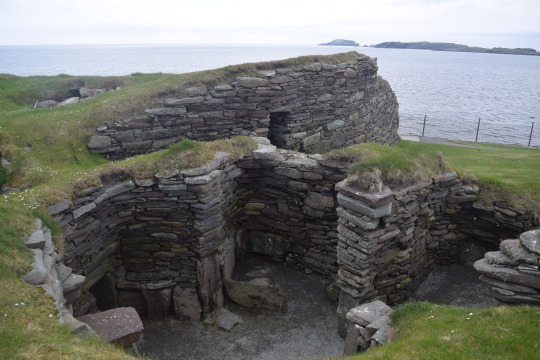

Jarlshof // Shetland
#viking#pictish#settlement#historic scotland#norse#norseman#picts#kiteknots#nikon#nikonnofilter#unedited#nikon photography#dslr#nikon d5300#nature photography#photography#photography blog#unedited photography#nature blog#shetland#scotland#scottish islands#scottish#shetland islands#sea#greenspace#ocean#coast#coastal#island
765 notes
·
View notes
Text
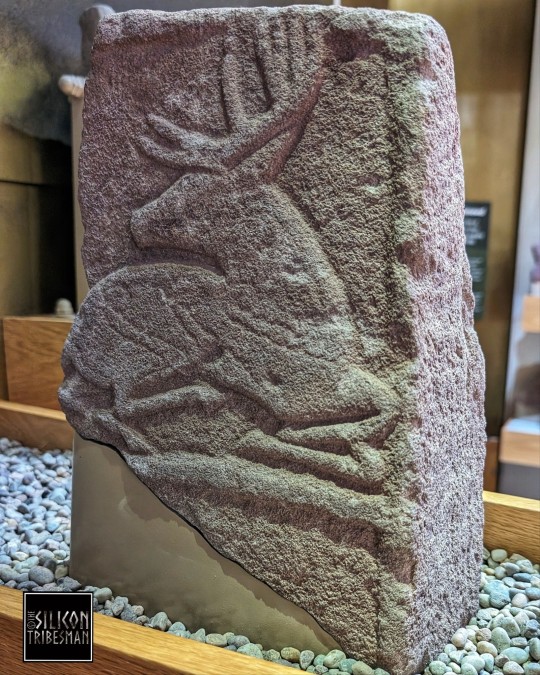
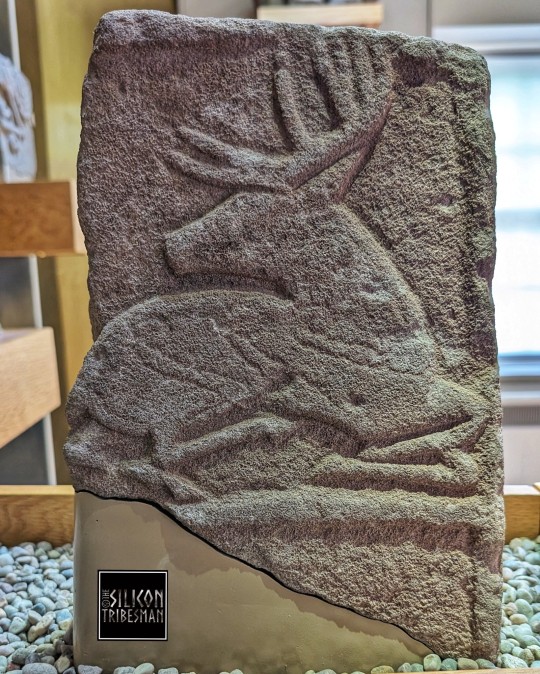
Pictish Stag Symbol Stone, circa 9th Century CE, St. Vigeans Stones and Museum, Arbroath, Scotland
Considered by many to be one of the finest Pictish animal depictions.
#pict#Pictish#pictish art#pictish beast#pictish stones#ancient cultures#ancient living#ancient craft#archaeology#relic#fragment#stag#deer#nature#stonework#st vigeans#Scotland
1K notes
·
View notes
Photo

Goddess of the mountain
— Based on Pictish body art. Not sure how accurate the 2nd hand accounts are to history, but they sure look cool, so I hope they’re real.
603 notes
·
View notes
Text



Today's Celtic character of the day is MacAroon (Mac Oloch) from Asterix (Asterix and the Picts) who is Pictish (ancient Celt). He is from northern Caledonia.
#celtic character of the day#Mac Oloch#asterix#asterix comics#asterix and the picts#pictish#caledonia#scotland#ancient celts
20 notes
·
View notes
Text
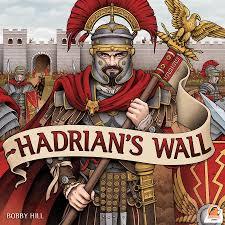
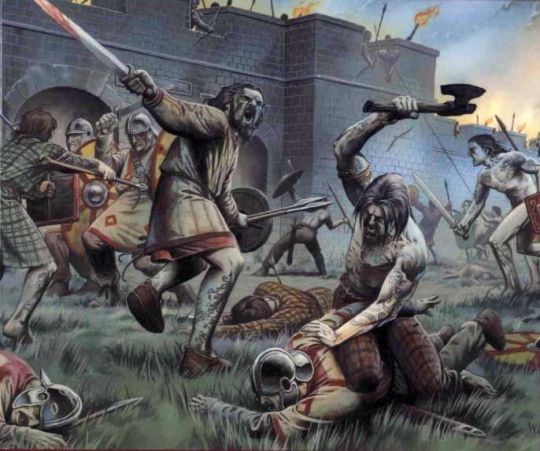
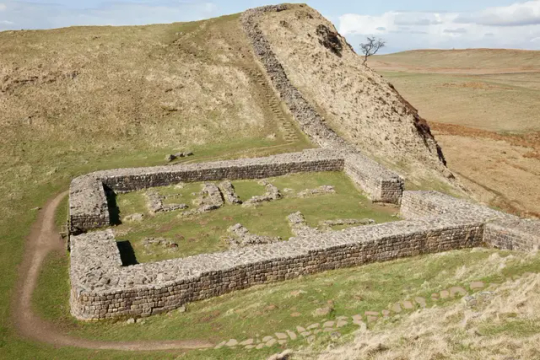
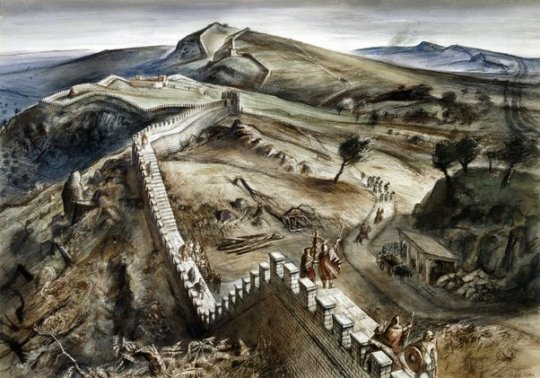

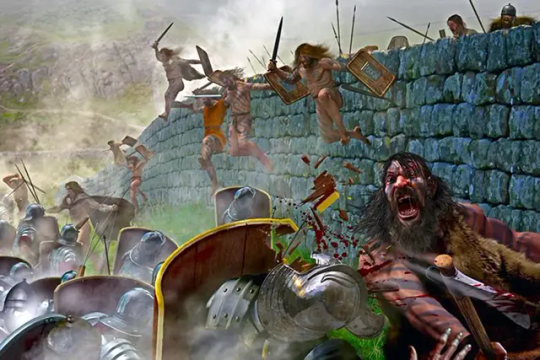
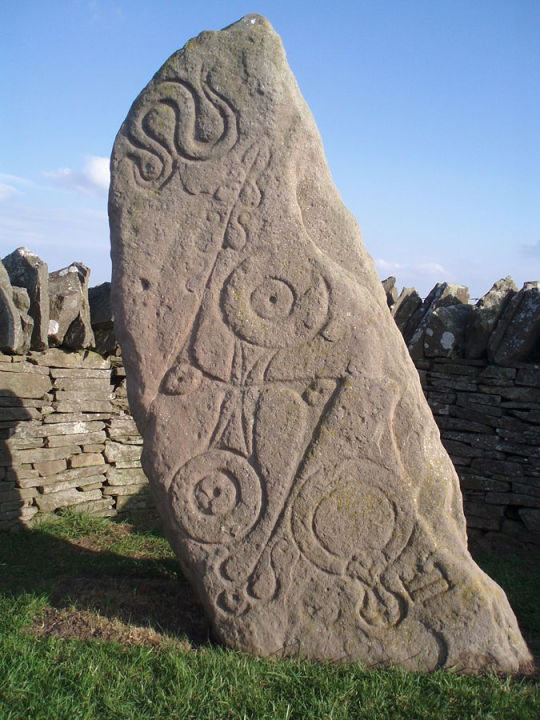
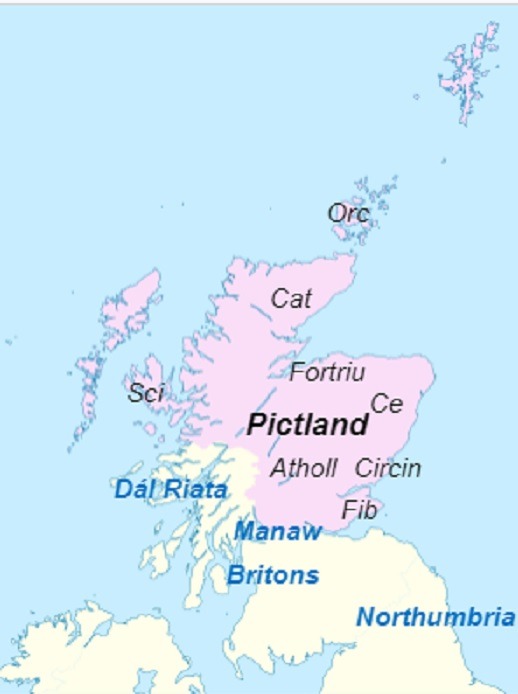

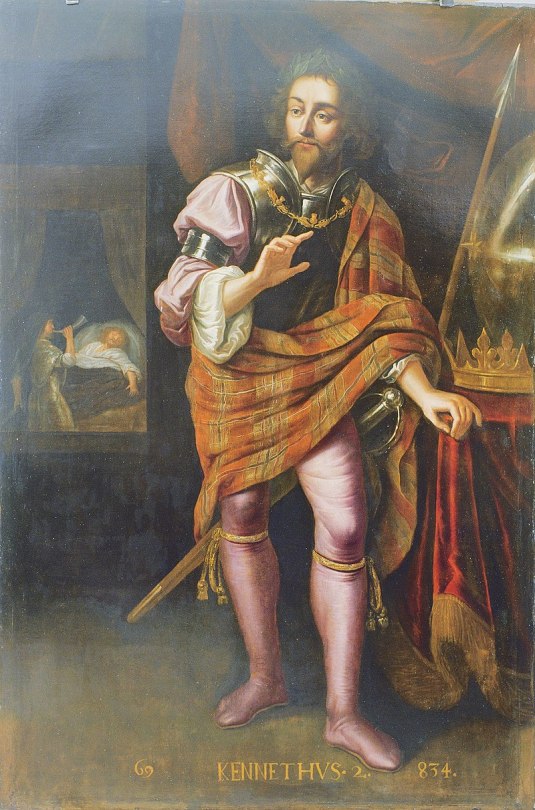
January 24th, 76AD, is said to be the likely date of birth forPublius Aelius Hadrianus, who built Hadrian’s Wall.
When the Romans invaded the British Isles they held, large parts of what is now Scotland, even after the construction of Hadrian’s Wall in AD 122, there were large forts around the country at varioustimes, the largest of which was Trimontium located at Newstead, near Melrose, in the Scottish Borders. It was occupied intermittently from about 79 to 184 AD and was the largest of the "outpost" forts after the construction of Hadrian's Wall
Hadrian’s Wall was largely abandoned for about twenty years from .AD 138, when the Romans established a new frontier in Scotland between what are now the Firths of Forth and Clyde, where they built the Antonine Wall.
The Antonine Wall was more of a very large ditch, and my old flat would have been part of the structure, part of the "wall" is on land only yards from me. I got into trouble for calling it a ditch from a Roman historian before, so will add that it was much more, the thing is it more or less looks like one just now, much of the fortifications are long gone.
Hadrian is noted for his interest in architecture and the number of provinces he visited whilst Emperor. He is likely to have visited Britain in AD 122, after some kind of conflict in the preceding years, and we know that it was in this period that construction of the Wall started. It has also been known as Picts' Wall, or Vallum Hadriani in Latin.
The origin of the Picts is clouded by the many fables and legends about them. There are numerous theories as to who the Picts were and where they came from. Experts even disagree over what they ate and drank and what language they spoke although some point to the existence of a distinct Pictish language, which today is believed to have been an Insular Celtic language, closely related to the Brittonic spoken by the Britons who lived to the south.
Often described as savages the Picts were an ancient and artistic people who defied the might of Rome which conquered the rest of Britain. They were a sophisticated , hardworking, clever people, skilled in farming and fishing.
You would have thought a savage tribe would have been an easy conquest for the Romans, but the Picts were anything but that. Picts are first recorded in history in the third century AD. Eumenius, a Roman writer, describes the "pictus" as fierce and skilled in battle. It is not clear whether "pictus" (the Latin for painted) was intended, or if this is a Latin form of some indigenous name. I prefer to think of them as the "Painted People"
Although the Romans reached Scotland and often defeated them in battle, they never conquered the Picts or Pictland. The Roman Empire's expeditions north resulted in few permanent gains.
Scotland's sculptured stones, created by the Picts of ancient Alba tell the stories of a race of people who defied Rome and survived the invading Vikings, thus preserving a separate culture and race in Scotland. It is in these sometimes mighty, sometimes delicate stones that the history of ancient Scotland is now recorded.
There are many of these slabs on display in The National Museum of Scotland in Edinburgh, as well as a fine display in The Hunterian in Glasgow.
When the Romans left the Picts were often attacked by the Britons and eventually all the Pictish tribes agreed to support one High King who would rule all of Pictland.
It's said the Picts, unusually, were a matrilineal society, i.e. bloodlines passed through the mother. Pictish kings were not succeeded by their sons, but by brothers, nephews or cousins as traced by the female line in a complicated series of intermarriages between 7 royal houses. It is this rare form of succession which in 845 AD gave the crown of Alba and the title Rex Pictorum - King of the Picts - to the son of a Pictish princess by the name of Kenneth, Son of Alpin, he is generally accepted by most historians as the first of the kings of Scotland, follwing on from his reign as King of Dál Riata. As usual though, not al agree on this.
The Picts survived as a distinct people until early in the 10th century. However, there is no record of them dying out or moving elsewhere. It is most likely that the Picts simply integrated into the large population within the developing multi-ethnic nation of Scotti, Picts, Celts, Britons and Angles which we now call Scotland. The map, from wiki says this was how their lands looked as late as the 7th century. The last pics are of two Pictish people and a 15th century depiction of King Kenneth.
195 notes
·
View notes
Text

65 notes
·
View notes
Text
24 notes
·
View notes
Text








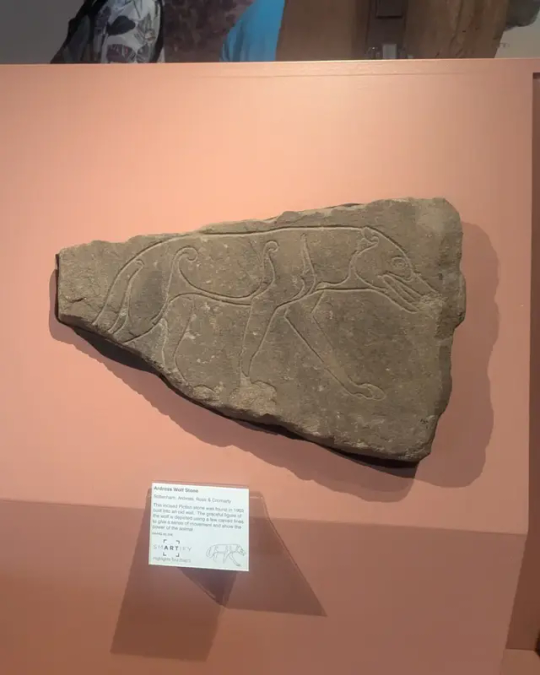
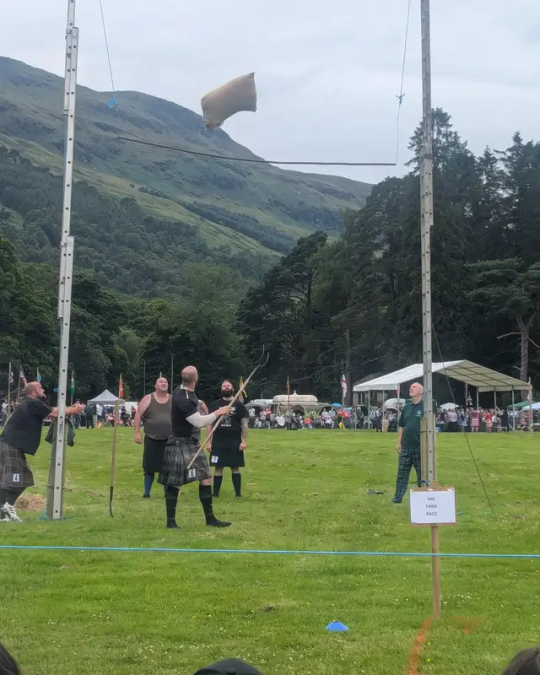
I went to Scotland! We spent most of our time in the Highlands, where I saw lots of castles, the Isle of Skye, and Loch Ness. I climbed a mountain (it rained and my hair got so wet it bled on the rain jacket I was wearing), we spent some time in Edinburgh and went to a Highland games! I'm definitely going back someday.
#i had so much fun#it's been a good July#self love#scotland#vacation#isle of skye#loch ness#highland games#pictish#green#nature#castles#highlands#happy#ben nevis#pretty nature#green hair#self confidence#mental health recovery#smile
20 notes
·
View notes
Text
Zanza and picktish stones
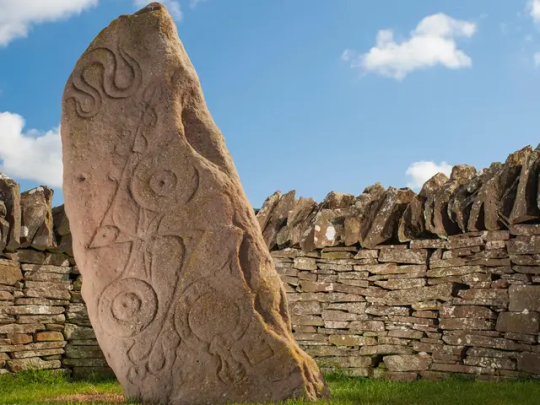
So this is a picktish stone, which was made by the Picts in 6th-9th century Britain. There's no translation for the stones, and sadly it's a culture that's been mostly lost to history. But when I stumbed on this picture honestly my first thought was "omg that looks like Zanza," and since the Giant culture in Xenoblade 1 was also lost and only has really old ruins it also just makes sense? Anyways I was excited and now you can be too
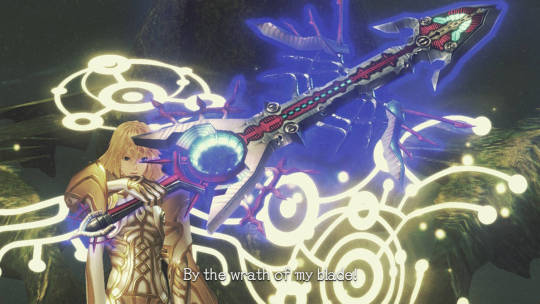
#xenoblade chronicles#xenoblade chronicles 1#xenoblade#zanza#zanza xenoblade#pictish#foxchain#I ramble because i'm excited
72 notes
·
View notes
Text

Happy Pictish dog
National Museum of Scotland
#found#art#sculpture#dogs in sculpture#dogs in art#pictish#Pictish art#scottish#Scotland#edinburgh#pre-Christian art#pagan art#dog#dogs#Scottish art
48 notes
·
View notes
Text
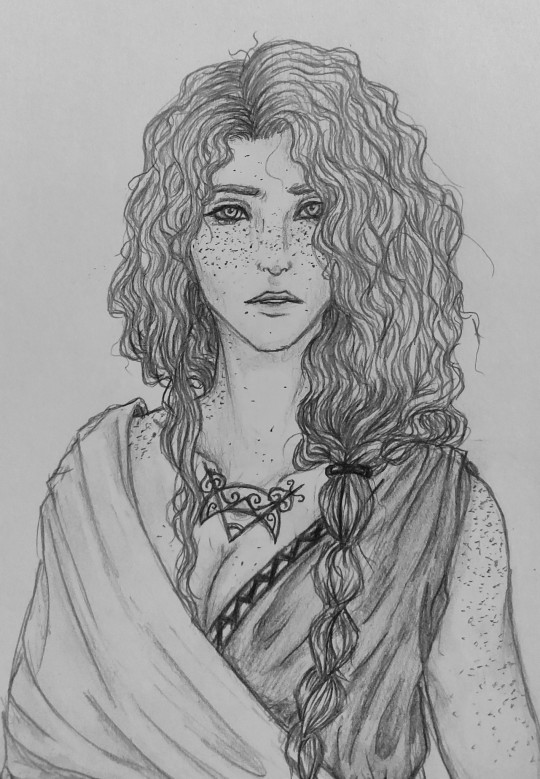
Listen, I just really, really love @defiledheartsblog 's interactive fiction (and Marcus, ahem). That's it, that's the post.
Anyway, here's a lil sketchy of my Pictish gremlin Eithni in her full undisguised redheaded glory 🌟
(as always, tap for better quality)
#my art#sketch#defiled hearts: the barbarian#defiled hearts marcus#dhtb#interactive fiction mc#interactive fiction#Pictish#my gremlin#she's actually relatively mellow all things considered#if mc#pssst go read it
75 notes
·
View notes
Text
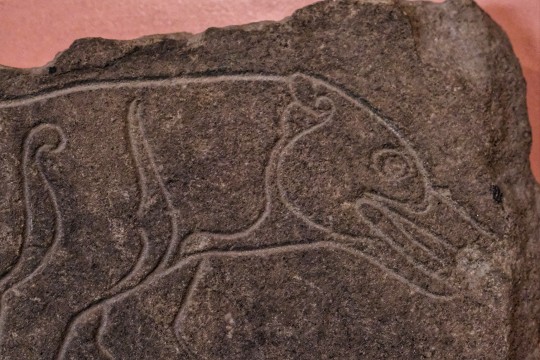

The Pictish Wolf Stone, Stittenham, Ardross, Inverness Museum and Gallery, Scotland
#pictish stones#pict#picts#pictish#Pictish wolf#wolf stone#Pictish art#archaeology#symbols#ancient living#ancient craft#ancient culture#Scotland#wolf#beast
8K notes
·
View notes
Text

16 notes
·
View notes
Text
the pictish artefacts in the national museum make me so happy

#scottish history makes me so happy in general#scotland#pictish#picts#national museum#history#scottish history#edinburgh#talking.txt
24 notes
·
View notes
Text
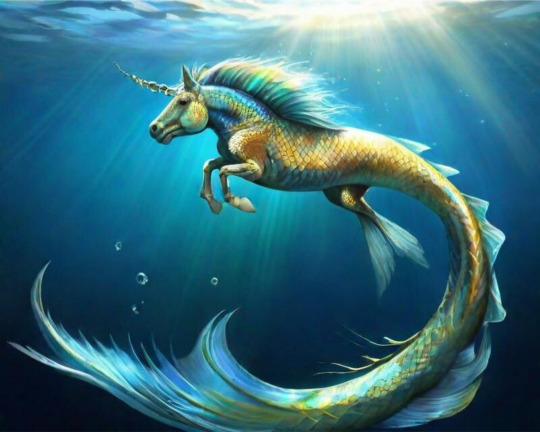
The Hippocampus was known in various forms to many ancient civilizations. In Ancient Greek myths, they were the mounts of Nereids and gods.
#hippocampus#sea horse#mythical creatures#greek mythology#roman mythology#mythological creatures#phoenician mythology#phoenicians#Etruscan#pictish#magical world#sea magic#sea nymph#alteredai#nereid#poseidon#mythical sea creatures
15 notes
·
View notes
Text
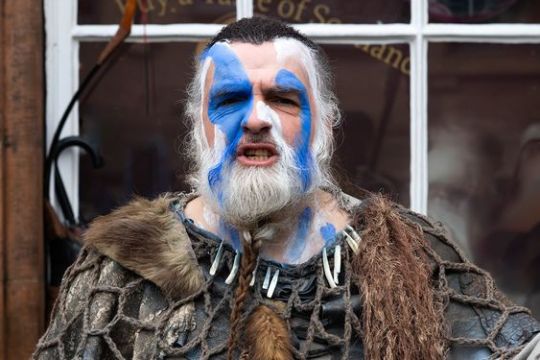
Fergus King of The Picts aka my friend Adam Watters
📸Philip Chapman on Behance
21 notes
·
View notes